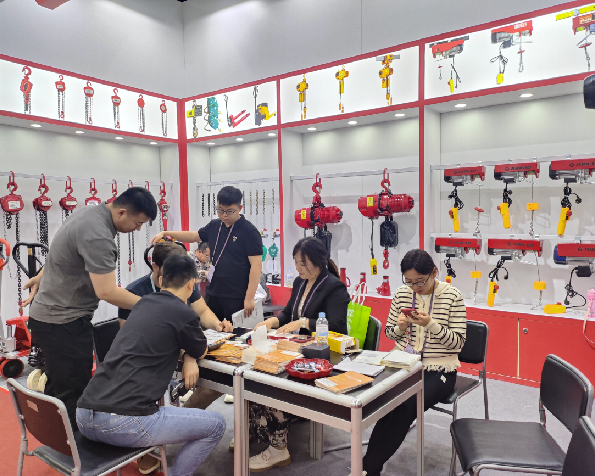


Industrial Fall Protection Essential Strategies for Workplace Safety
In various industrial settings, safety should always be the top priority, especially when it comes to fall protection. Falls are one of the leading causes of serious injuries and fatalities in the workplace. According to the Occupational Safety and Health Administration (OSHA), falls account for a significant percentage of deaths in the construction industry alone. Implementing robust fall protection measures is not just a regulatory requirement but a moral obligation to ensure the well-being of workers.
Understanding the Risks
Before delving into effective fall protection strategies, it is crucial to understand the types of fall hazards present in industrial environments. Workers can be exposed to risks from heights, such as ladders, scaffolding, roofs, and elevated platforms. Additionally, uneven surfaces, slippery floors, and unprotected edges pose risks that can lead to falls. Recognizing these hazards is the first step in developing a comprehensive fall protection plan.
Fall Protection Equipment
Utilizing proper fall protection equipment is vital in any industrial setting. This equipment includes
1. Personal Fall Arrest Systems (PFAS) These systems are designed to stop a fall as it occurs. They typically consist of a full-body harness, lanyards, and anchor points. Regular inspection and maintenance of this equipment are essential to ensure its effectiveness.
2. Guardrails Installing guardrails around elevated platforms and open edges can significantly reduce the risk of falls. Guardrails should be constructed to meet specific height and strength standards, providing a robust barrier for workers.
3. Safety Nets These are useful in environments where other forms of fall protection might not be feasible. Safety nets can catch falling workers or objects, thereby preventing injuries.
4. Lifelines and Harnesses In scenarios where workers need to move around, such as on rooftops or towers, lifelines attached to harnesses can provide additional safety. These systems allow for freedom of movement while minimizing fall risk.

Training and Education
While having the right equipment is crucial, it is equally important to educate employees on the proper use of fall protection devices. Comprehensive training programs should include information on identifying fall hazards, selecting appropriate safety equipment, and understanding how to use it correctly. Regular refresher courses can help reinforce safety protocols and keep fall protection top of mind.
Creating a Fall Protection Plan
Every industrial operation should have a tailored fall protection plan. This plan should include
1. Hazard Assessment Regularly assessing the workplace for potential fall hazards is essential. This assessment should lead to the identification of risk factors and the implementation of appropriate measures.
2. Clear Protocols Establish and communicate clear protocols regarding fall protection practices. Employees should understand when and how to use fall protection equipment.
3. Emergency Response In the event of a fall, it’s critical to have an emergency response plan in place. This plan should outline the procedures for providing immediate care and reporting the incident.
Conclusion
Industrial fall protection is a vital aspect of workplace safety. By understanding the risks, utilizing proper equipment, providing training, and creating a comprehensive fall protection plan, organizations can significantly reduce fall-related injuries. Prioritizing employee safety not only fosters a healthier work environment but also enhances productivity and morale. In the industrial sector, protecting workers from falls is not just a requirement; it is a commitment to a culture of safety.



